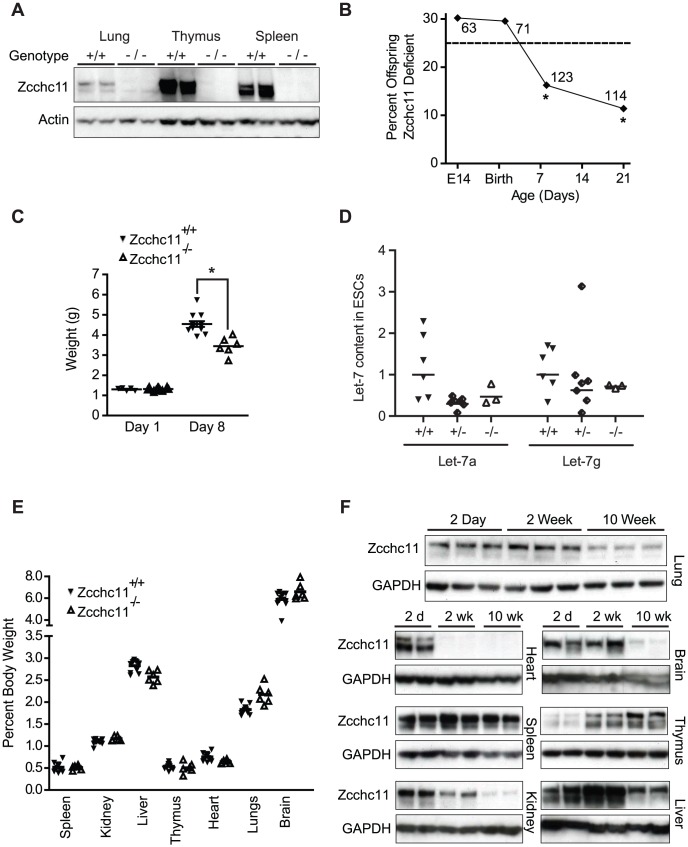Figure 1. Zcchc11 enhances growth and fitness through the perinatal period.
(A) Immunoblots of organs from C57BL/6 and Zcchc11−/− mice show deletion of Zcchc11 protein. (B) Fraction of homozygous Zcchc11-deficient offspring from Zcchc11+/− parents at day E14, P1, P8 and P21, indicating decreased survival by day 8. *p<0.05 vs. 0.25 by Chi-squared test, N as indicated. (C) Body weights of Zcchc11+/+ and Zcchc11−/− littermates at day 1 and 8 (*p<0.05), showing poor growth in mutants. (D) Let-7 content in primary embryonic stem cell (ESC) cultures that were wild type (+/+), heterozygous (+/−), or deficient (−/−) in Zcchc11 expression, showing no significant effects of genotype (by two-way ANOVA). (E) Proportion of organ weight to body weight in 8-day-old C57BL/6 and Zcchc11−/− mice, showing no difference between genotypes across tissues and suggesting a system-wide growth defect rather than organ-specific effects. (F) Age-dependent expression of Zcchc11, as shown by immunoblots of tissues from C57BL/6 mice at 2 days, 2 weeks, and 10 weeks of age, reveals strongest expression in most organs at young ages. GAPDH is provided as a loading control.

